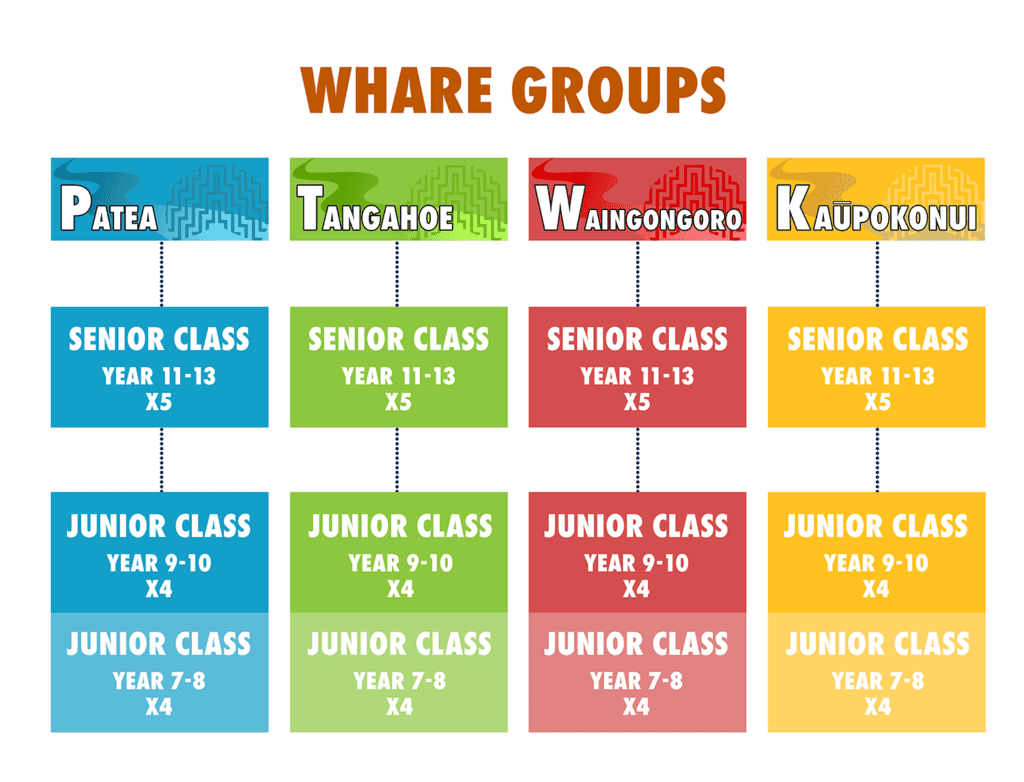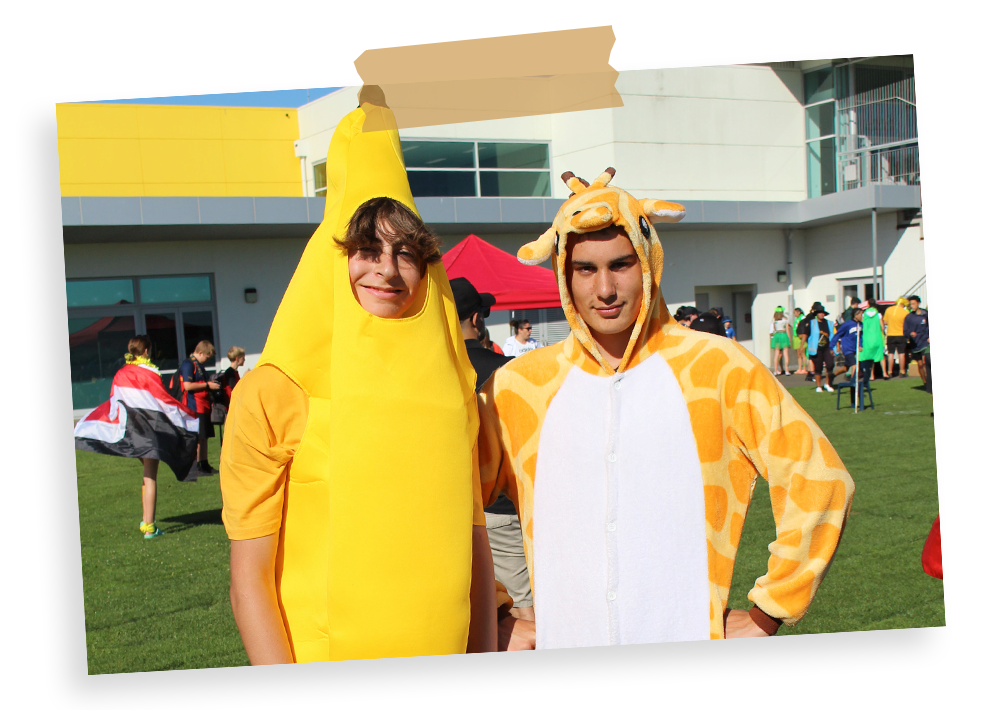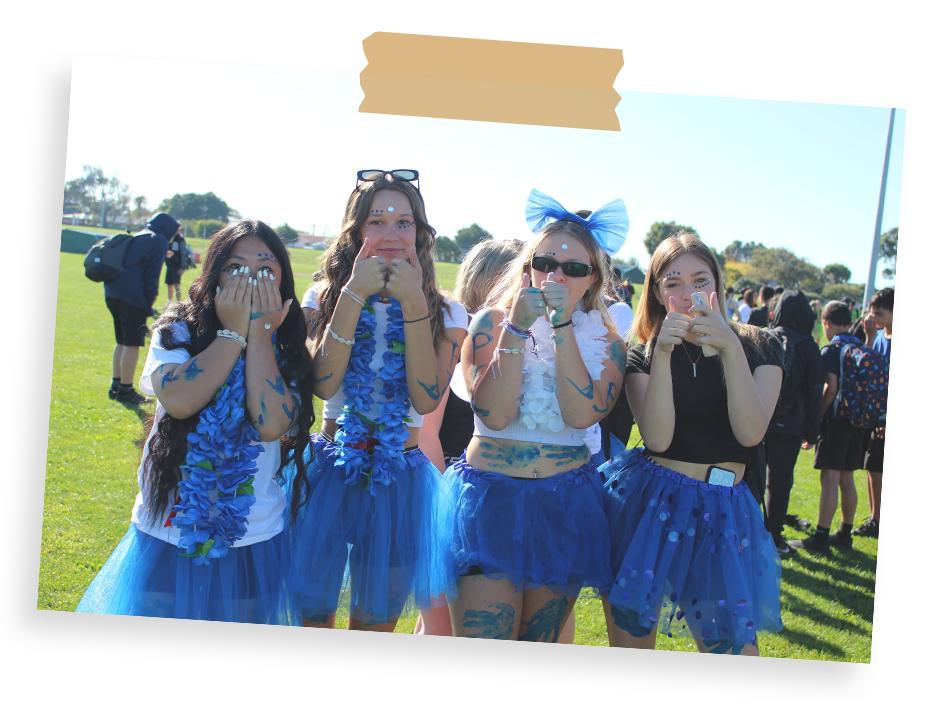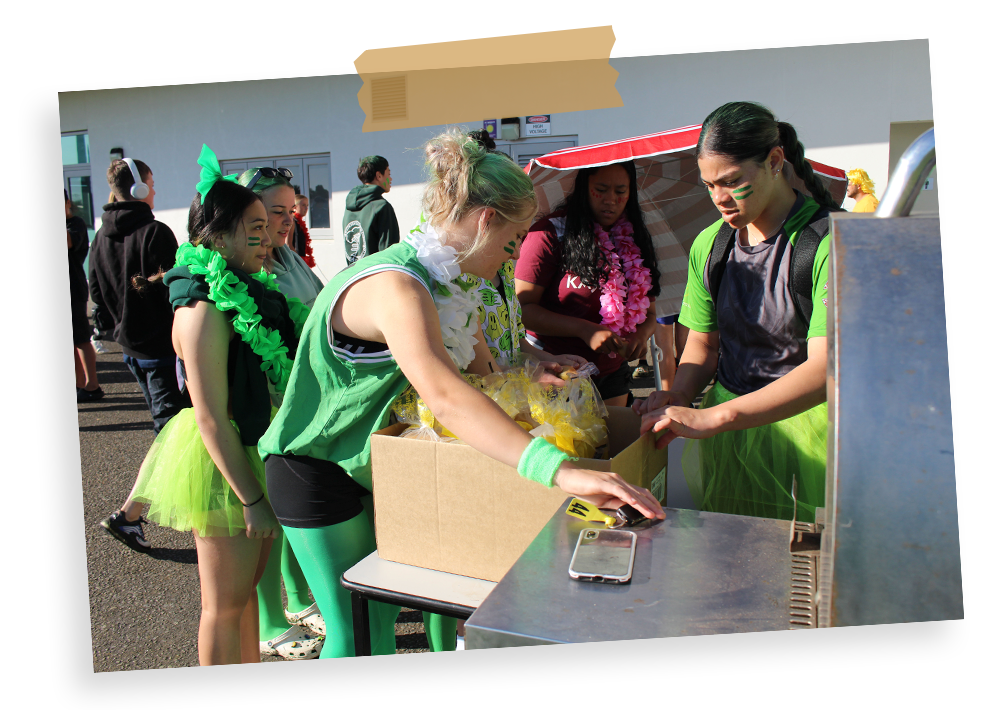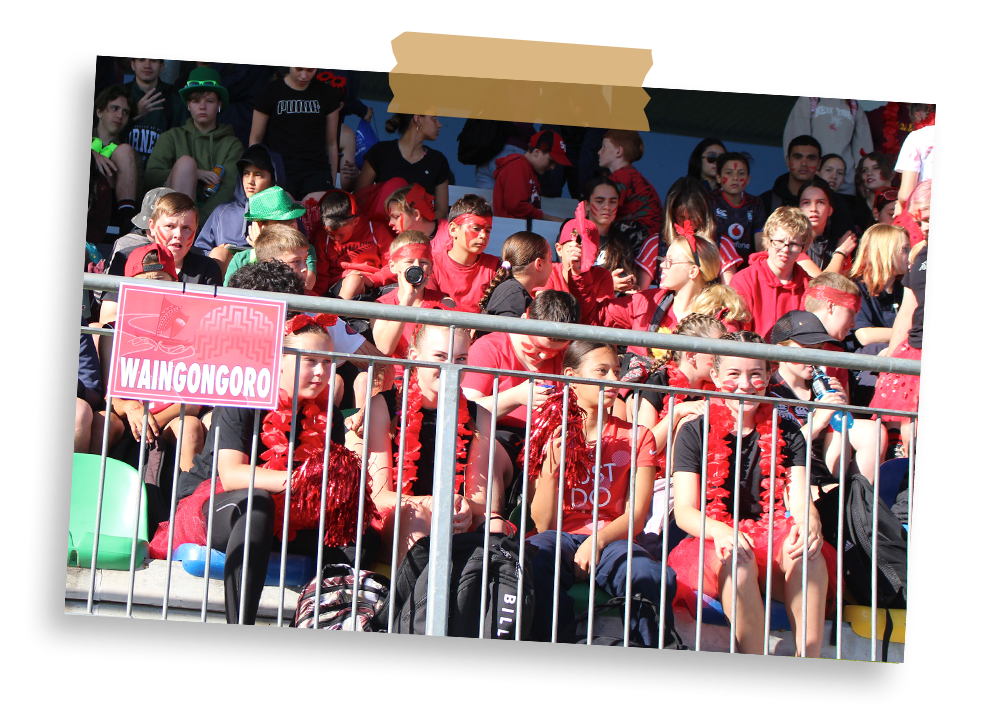Whare Groups
Te Paepae o Aotea students are placed in one of our four whare (house) groups, named after four of the Awa (rivers) in South Taranaki connecting us with Maunga Taranaki, land and sea. Our four Awa compete against each other in inter-Awa competition in all aspects of school life – academic, sports, art and culture.
Each Awa has students from the junior and senior school and a buddy system in place.
Our four Awa are: Pātea – the place where Aotea waka docked, Tangahoe – the place in which the hoe o Aotea waka rests, Waingongoro – the resting place of Turi, where he snored and Kaūpokonui – where the shape of a head rose within the cliff face. Students explore the significance of their Awa during their time at Te Paepae o Aotea.
With each whare comes significant korero that has been shared with us to uphold the mana of these names. Along with the kōrero, we also have colours which hold their own significance to each awa. We are very fortunate to have been blessed with these names for our Whare.


